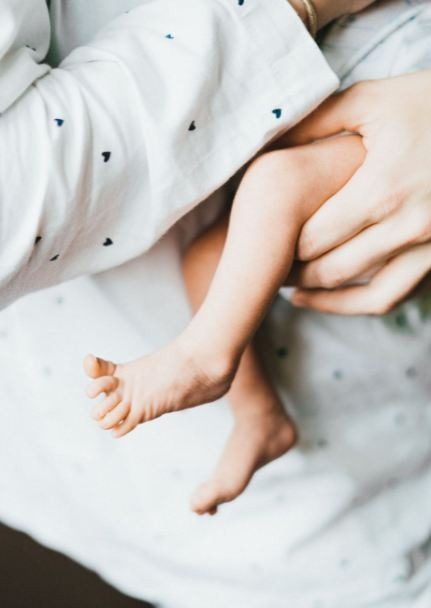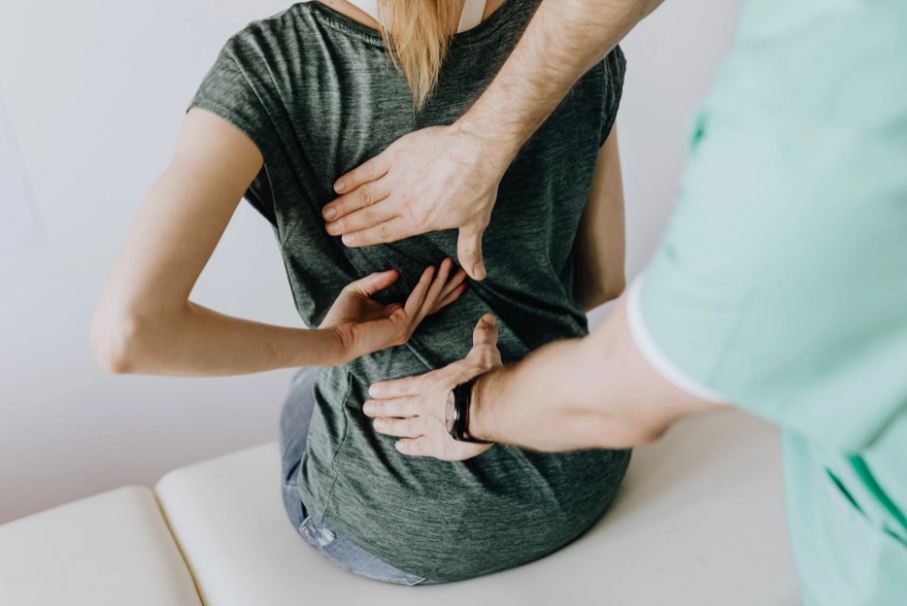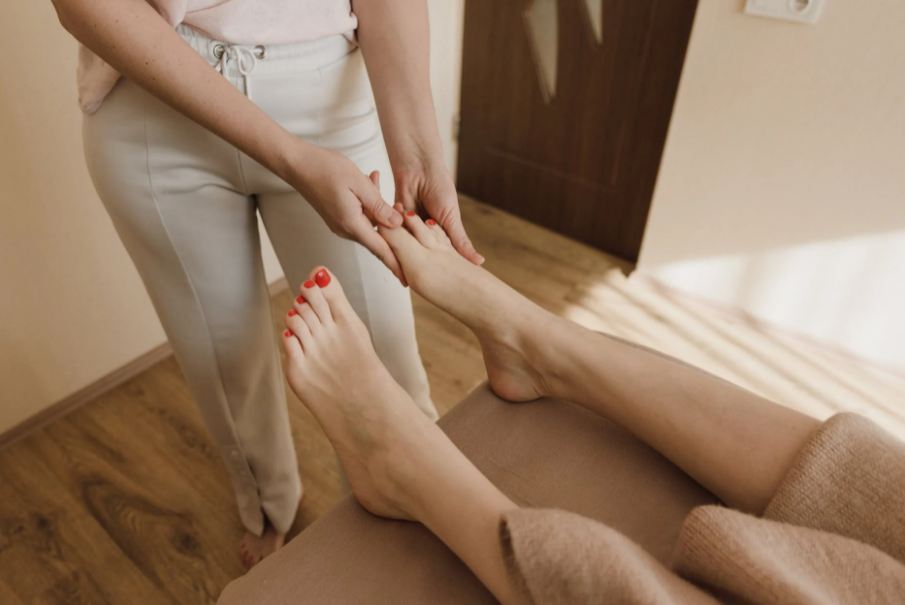You receive tons of advice from experienced people when you are about to become a parent. They bombard you with their anecdotes, personal guidance, and shared experiences so that you are well-prepared for what is about to happen. However, let us break it to you loud and clear. Nothing can prepare you fully for what is about to turn everything upside down in your life unless you hold that bundle of joy in your arms.
What to Expect?
Babies come into your life, and you can expect that nothing remains the same. The outlook of your whole house is changed: you baby-proof everything, you cover all the switches, and you change the layout of your room and adjust several baby-related items, such as the crib, small cupboard, a changing table, or a play area with soft floor mats.
Most first-time parents prepare for sleepless nights, early mornings, and intermittent feeds. However, there is a lot more to parenting than all this. The physical strain of carrying a baby for most of the day is very hard. Moreover, holding your child is not the only physically draining task you do all day, every day. You have to gather toys, lift the kid from the crib, play on the floor, and feed and burp him.
These are all answers you might be searching for as to why your legs or back hurt a lot when your baby is tiny. It is imperative to learn how your body mechanics work to avoid adding physical stress to your already stressed-out body.
Tips on Avoiding Foot Pain and Carrying Your Child Properly
You will be more vigilant and active if you learn about the postures and angles that help avoid leg and foot pain from carrying children around. Following are some points that will help you in being active while preventing foot pain.
1. Properly Lifting the Child from the Floor
It is safe to let small babies and crawling toddlers play on the carpeted floor, but it is still better if you also install carpet runners for stairs. It minimizes the risk of them falling from a height and injuring the head. However, you should know how to pick them up without breaking your back or putting extensive stress on your foot.
First, stand close to your child on the floor and keep your back straight while bending down. Place your feet in a line (one behind the other) and bend your knees and hips to sit on one knee. After this body position, lean down to hold your child close to your body correctly. By doing this, you have reached half of the whole picking-up process.
Next, put some stress on your stomach muscle and push yourself up from the floor to the standing position while carefully holding the baby. Try the same procedure backward when putting the baby down. This technique helps avoid extra pressure on the back and foot.
2. Carrying the Baby Around
For newborns, it is advised that you put a steady hand under the baby’s neck. Also, it is vital to hold the baby as close to your body as possible. It helps in maintaining a balanced center of your body. This posture for holding the baby is beneficial for both of you – the child feels secure and is in your tight grasp while you are also in control of your body movements.
Balancing the baby on one hip can put an extensive strain on your back. Your gait might become distorted, and you might lose your balance quickly. Carrying the baby on one hip is okay for a short time when you are in the middle of something important, and your baby is clinging to you. However, carrying in this position for more extended periods is not recommended.
You can also use a baby carrier, but you have to keep your back straight while doing so. Also, remember to avoid your shoulders from slumping forward when using a baby carrier. Keeping these points in mind will keep your neck and foot pain away.
3. Changing the Diaper
While you may get loads of advice on the best diaper brands for your kids, few people will tell you that the correct posture is crucial during this diaper-changing process. Back, neck, and foot pain become your best enemies after giving birth. It is upon you to avoid several back-straining postures and habits after your delivery.
Keep your back straight when you carry your child to the changing table. While you are at it, try not to turn into a leaning tower of mom. Adjust the height of the changing table so that you do not have to bend a lot. Also, it is best to get a tall stool for yourself while changing – as this will help take some stress off your feet.
4. Carrying a Toddler To or From the Car Seat
The best practice to save your back and foot from a sprain or sudden jerk is to lean into the car while taking your kid out from the car seat. Try not to twist your body while both your feet are outside on the ground. This angle will make your body bend in an awkward position that can easily result in foot pain.
If your child’s car seat is set in the middle seat, then do not try and pick your child up from outside the car. In such a situation, climb onto the seat and face your kids as you try and wrangle them out.
5. Use a Stroller
There is nothing more dreading for a parent than carrying a baby for long hours. In addition to the mental stress of a crying and nagging baby you are carrying around, the physical strain it puts on your feet and legs is excruciating. Also, as parents, it is essential to continue their fitness and exercise routine after the birth of your child (mothers have to consult their doctors to clear them to resume workouts).
The more your stay fit and healthy, the more you can attend better to your child. However, parents are afraid of taking the babies for a walk as they are tough to handle while jogging. Get a jogging stroller and resume your workout routine to keep yourself sane.
6. Divide the Load Carefully
Nothing kills your feet more than carrying an armload of toddler stuff to and fro the play area and the rest of the house. Scattered house is the new norm when your newborn transitions into the toddler stage. However, no matter how much your mind (or social media) tells you that everything has to be picture-perfect, do not tire yourself out in unnecessary tasks. If you know that your baby will get all the toys out and around the house again, then suppress the urge to clean every time the baby takes a toy out.
Relax and wait for the nap time when you can finally put everything back without someone spreading them out again. Remain calm and handle the situation very carefully. Do not break your spine or cross your pain threshold to present a lovely house. The dishes can wait for a little, and you can fold the laundry while your kid is napping or being taken care of by the other parent. For the time being, sit with your child and soak in the precious moments.
Conclusion
You can spend all day with your kids and still not get enough of them. Being a loving parent is giving your time and energy to your kids. However, remember that you can only give what you have. If you are in a good state of mind, you can be gentle and less irritated with your kids. If you are in physical pain, you cannot attend to a lot of your child’s demands. Therefore, it is indispensable that you, as a parent, get rest and take care of your feet and spine.
Take breaks whenever you can, and do not overtire yourself. It is crucial to recharge yourself before you go on taking care of the baby.





